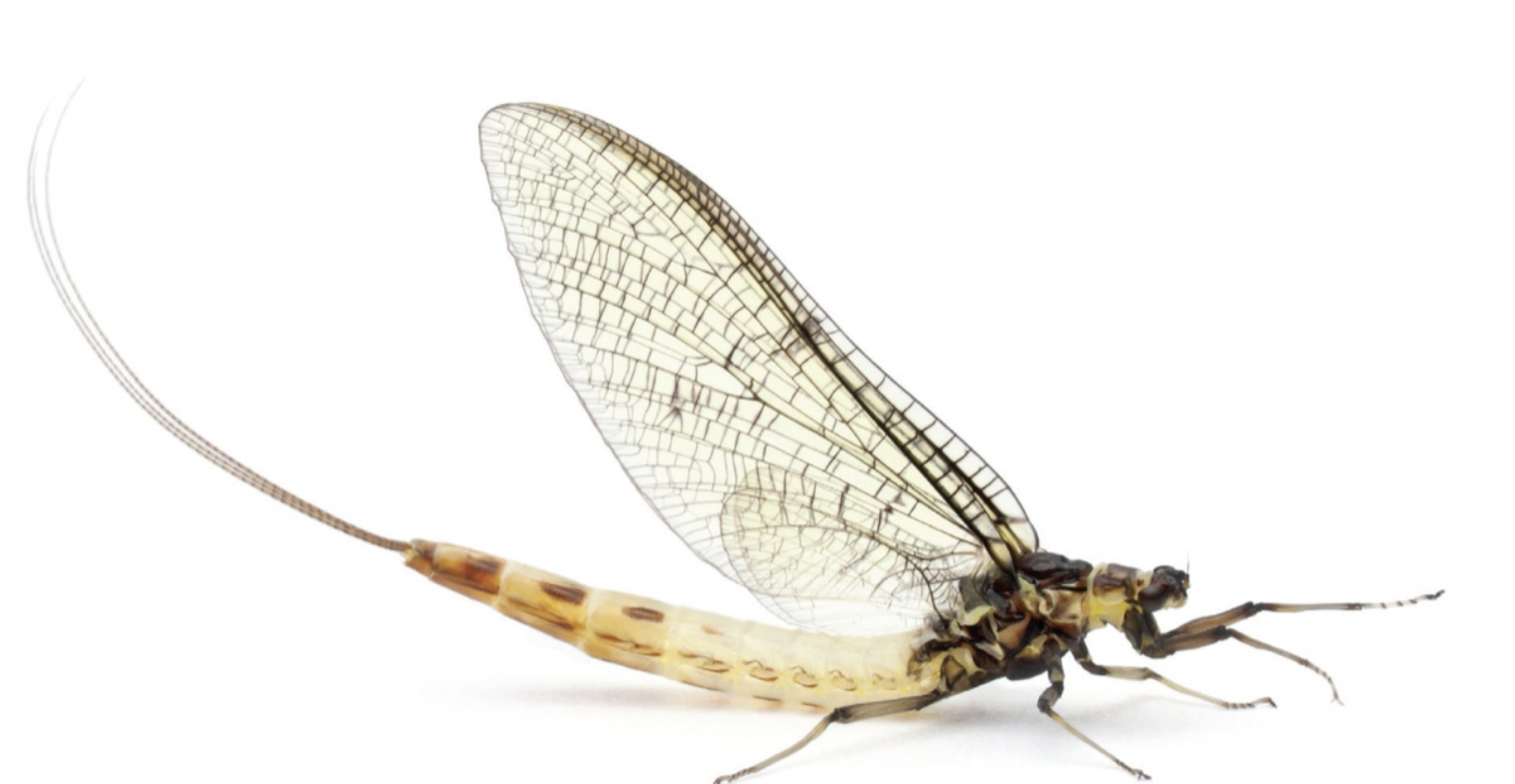Mayfly Mayhem on Lake Erie
The bugs are coming — and that's a good thing — but they can also inflict a lot of damage.

It’s about this time that it starts — and it culminates in piles of dead mayflies around the bottom of streetlights, homeowners cleaning their windows with brooms and major work every morning to get the sidewalks ready for business in lakeside communities.
We’re talking about mayflies, of course.
And while there is no solution (abundant mayflies are actually a sign of a healthy lake; more on that in a minute) there is a step being taken to minimize the mess.
FirstEnergy Corp. announced last year that it’s working with local communities to keep roads safe by temporarily turning off streetlights to deter swarming.
"Many people don't realize mayflies create a safety issue because their carcasses contain an oily substance that makes the surfaces they coat very slick, especially when it rains," says Nick Katsaros, an external affairs consultant in FirstEnergy's Lake Erie service area. "By turning off the streetlights near the lake over the next few months, we can help dissuade thousands, even millions, of mayflies from congregating near them."
Mayflies typically begin to hatch in June. They start their lives deep in the mud of Lake Erie and, after emerging, have only between 24 and 72 hours to make a little mayhem before they lay new eggs in the lake and then die.
Remember how we said there’s more of them lately — and that it’s a good thing? Let’s dig into that.
Agencies like the Ohio EPA have used the mayfly as a key indicator of the health of Lake Erie and the other Great Lakes. That’s because mayflies require very clean water to breed and kick off their life cycle.
Here’s a stunning statistic put forth by the Ohio Sea Grant agency:
“In western Lake Erie, mayfly populations dropped to essentially zero between 1959 and 1961, and remained extremely low until 1993, when scientists found about 12 mayfly larvae per square meter of sediment. Most recently, those numbers have increased dramatically, to 300-400 mayflies per square meter, a testament to environmental protection efforts and improving water quality.”
That’s 33 times as many mayflies, which is definitely something to celebrate, but also a reason to keep the lights off.
Get more stories like this delivered to your inbox once a week by signing up for our free Splash newsletter. You just enter your name, email address and zip code. Super easy!
Story:
Colleen Smitek
2023 May/June






